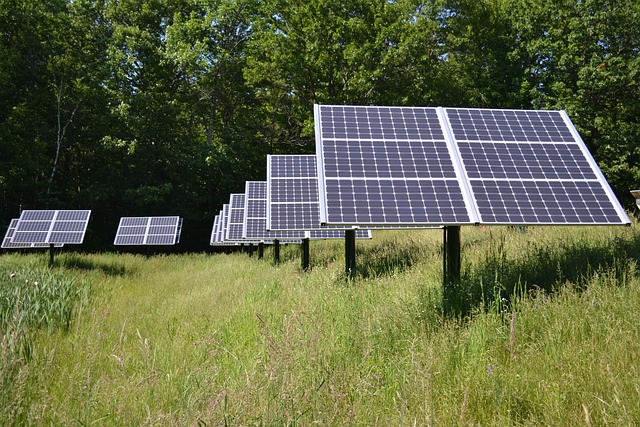
Introduction
Solar energy has long been recognized as a critical resource for space exploration and satellite missions. By harnessing the power of the sun, spacecraft can generate electricity to power onboard systems and instruments, enabling long-duration missions and exploration beyond Earth’s atmosphere. Additionally, solar energy in space holds promise for novel applications and future prospects, including space-based power generation and interplanetary travel.
Applications of Solar Energy in Space
1. Powering Spacecraft and Satellites
Solar panels, composed of photovoltaic cells, are commonly used to generate electricity for spacecraft and satellites in orbit. These panels convert sunlight into electrical energy, providing power for propulsion, communication, scientific experiments, and life support systems onboard spacecraft, enabling missions to explore the solar system and beyond.
2. Solar Sails and Propulsion Systems
Solar sails utilize the pressure of sunlight to propel spacecraft through space. By deploying large, reflective sails that capture and reflect sunlight, spacecraft can harness solar radiation pressure to accelerate and maneuver in space, enabling efficient and sustainable propulsion systems for interplanetary missions and deep space exploration.
Future Prospects and Developments
1. Space-Based Solar Power
Space-based solar power (SBSP) involves capturing solar energy in space and transmitting it wirelessly to Earth for terrestrial use. By deploying large solar arrays in orbit around the Earth or on the moon, SBSP systems can capture sunlight without atmospheric interference and transmit clean, renewable energy to Earth using microwave or laser beams, offering a potentially limitless and sustainable energy source.
2. Interplanetary Travel and Colonization
Solar energy could play a crucial role in enabling interplanetary travel and colonization of other celestial bodies. By utilizing solar power for propulsion, life support, and resource utilization, spacecraft and habitats can sustain long-duration missions to destinations such as Mars, the moon, and beyond, laying the groundwork for human settlement and exploration of the solar system.
Challenges and Considerations
1. Space Environment and Radiation
Operating solar energy systems in space presents unique challenges due to the harsh space environment and exposure to radiation. Solar panels and components must be designed to withstand extreme temperatures, vacuum conditions, and radiation exposure, requiring robust materials and engineering solutions to ensure reliability and longevity in space.
2. Cost and Technology Development
The development and deployment of solar energy systems in space require significant investments in research, technology development, and infrastructure. Advances in solar cell efficiency, lightweight materials, and space manufacturing techniques are essential to reduce costs, increase reliability, and expand the feasibility of space-based solar power and exploration missions.
Conclusion
Solar energy in space holds tremendous potential for powering spacecraft, enabling exploration, and providing sustainable energy solutions for Earth. As technology advances and space exploration efforts continue to expand, the utilization of solar power in space is expected to play an increasingly vital role in shaping the future of space exploration and humanity’s quest to explore the cosmos.